How is grappa, or pomace brandy, made?
What is pomace anyway?
Grappa is the name given to a fine brandy made from fermented pomace (pomace = grape residue, i.e., what remains after grapes are pressed). Since the term "grappa" is geographically protected, we are allowed to call our pomace brandy simply "pomace." Only pomace brandies from Italy and Italian-speaking Switzerland may be called grappa.
Pomace consists primarily of the skins and seeds of freshly pressed grapes. The raw material is therefore very dry. For this reason, pomace is processed completely differently than conventional fruit mashes. Other fruit mashes, such as cherry mashes, are very liquid and therefore easier to process.
We don't have any wineries ourselves. Fortunately, there are winemakers here on Lake Constance who grow delicious grapes and provide us with the pomace. We get the pomace from the winegrowers' cooperative on the island of Reichenau . And even though things are currently quite busy in the Reichenau wine cellar, you should take a moment to admire the cathedral and the monastery courtyard. Of course, there are also views of Lake Constance.


So my father and I drive with a trailer and barrels to the island (or as they say here, to the Au) and collect the fresh pomace. The very dry pomace has to be pressed into the barrels. If we simply transferred the pomace into the barrels, too much air would be trapped, and there would be a risk that the material would start to mold instead of fermenting.
Unlike other liquid mashes, the barrels can be filled to the brim. There's no risk of the mash rising or expanding. With other mashes, such as Williams pears, some space should always be left. In these cases, it's recommended to fill the barrel only 80-85% full.



Why is pomace mashed and not simply filled with water?
Now you might be thinking, "Instead of laboriously mashing it, we could fill it with water!" – In principle, that would serve the purpose, but a distiller would never fill his mash with water. We small distillers ("small distillers" or "compensation distillers") pay alcohol tax on the amount of mash we distill, not on the actual alcohol produced during the distillation process. The calculation of the alcohol tax due is based on a table, the so-called "Raw Materials List" from customs. ( Raw Materials List )
In this list, pomace is listed in line 104. The yield rate here is 2 LA.
What does yield rate mean?
The yield rate for pomace is 2 LA (LA = liter of pure alcohol at 100% vol). This means that an average of 2 liters of alcohol results from 100 liters of pomace mash, which is subject to tax.
Now, this alcohol yield is not just the good, drinkable alcohol, but also includes the undrinkable foreshots and tails, which can sometimes make up to half of a spirit.
If we were to mix the pomace with water so that no oxygen is trapped in the barrel, we would have to declare a larger amount of mash when registering the distillation, and therefore pay more alcohol tax.
But how can such dry mash be distilled?
This blog post is less than two days old, and I've already received a clever question from Klaus in Nuremberg: "How do you distill this dry mash if it's not supposed to be diluted with water?"
Good question, and the answer is actually quite simple: The mash is only not diluted for fermentation. Once the mash has fully fermented and has been declared for distillation at customs, it can then be heavily diluted with water for the distillation process in the still. As the questioner, Klaus, correctly recognized, the mash alone would be far too dry to distill. Undiluted, it would immediately burn in the still. This would not only impair the flavor of the distillate being distilled, but would also prevent the mash from heating evenly. And you'd also have to scrub the still afterward... 😉
As a concrete example, this means: We declare a fermented barrel containing 220 liters of pomace to customs in the same way. Our still has a 150-liter capacity. For one distillation process, we siphon approximately 65 liters of mash into the still and then fill it with water. This means we need three distillation cycles for one barrel.
Thanks for the helpful feedback, Klaus, and best regards to Nuremberg! 🙂
Our bestsellers
View all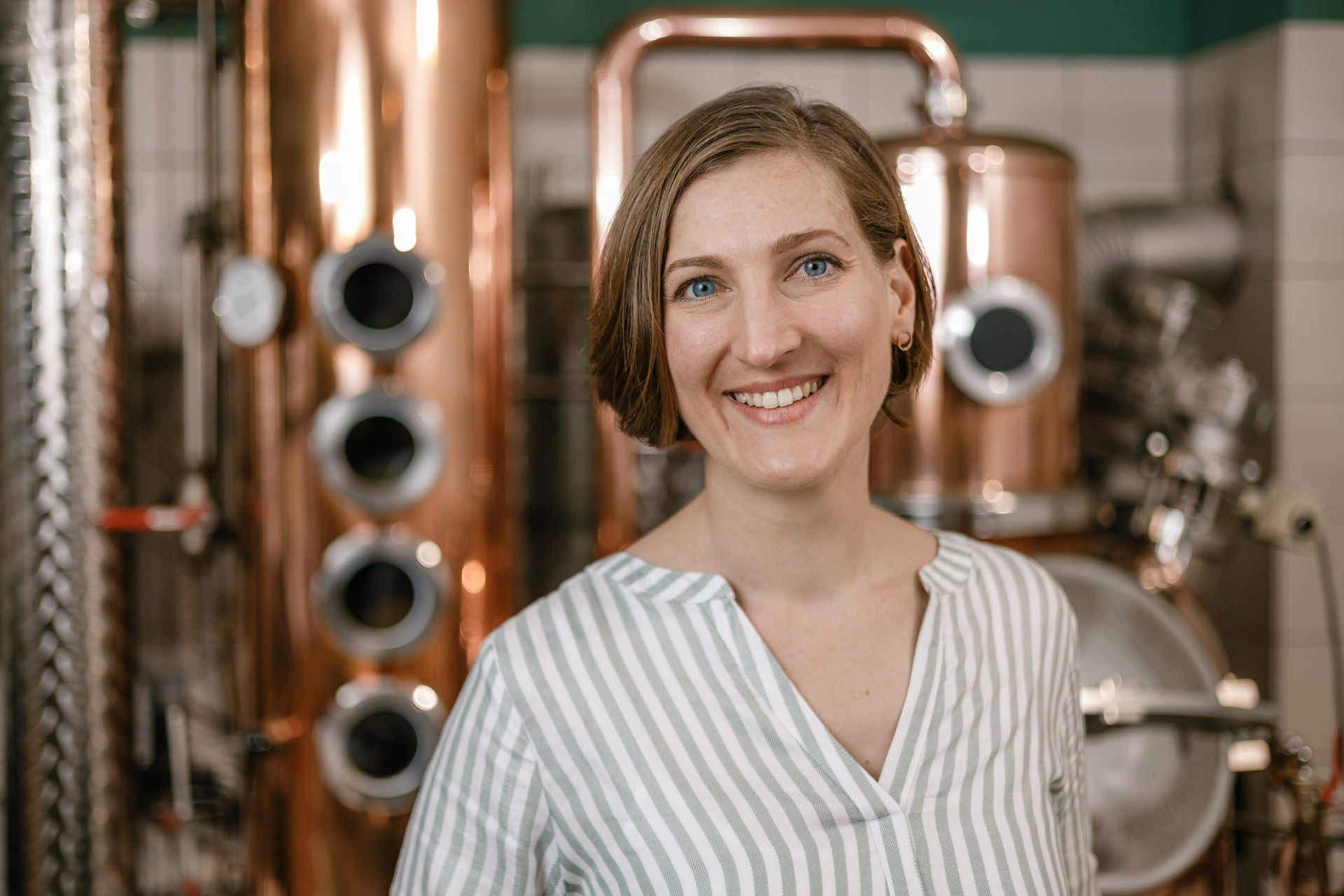
Author Andrea
Not only do I love distilling, but I also enjoy sharing my knowledge, experience, and passion. In my blog posts, I take you on a journey through everyday life at our distillery and on our small business. Of course, there are also drinks to enjoy along the way.





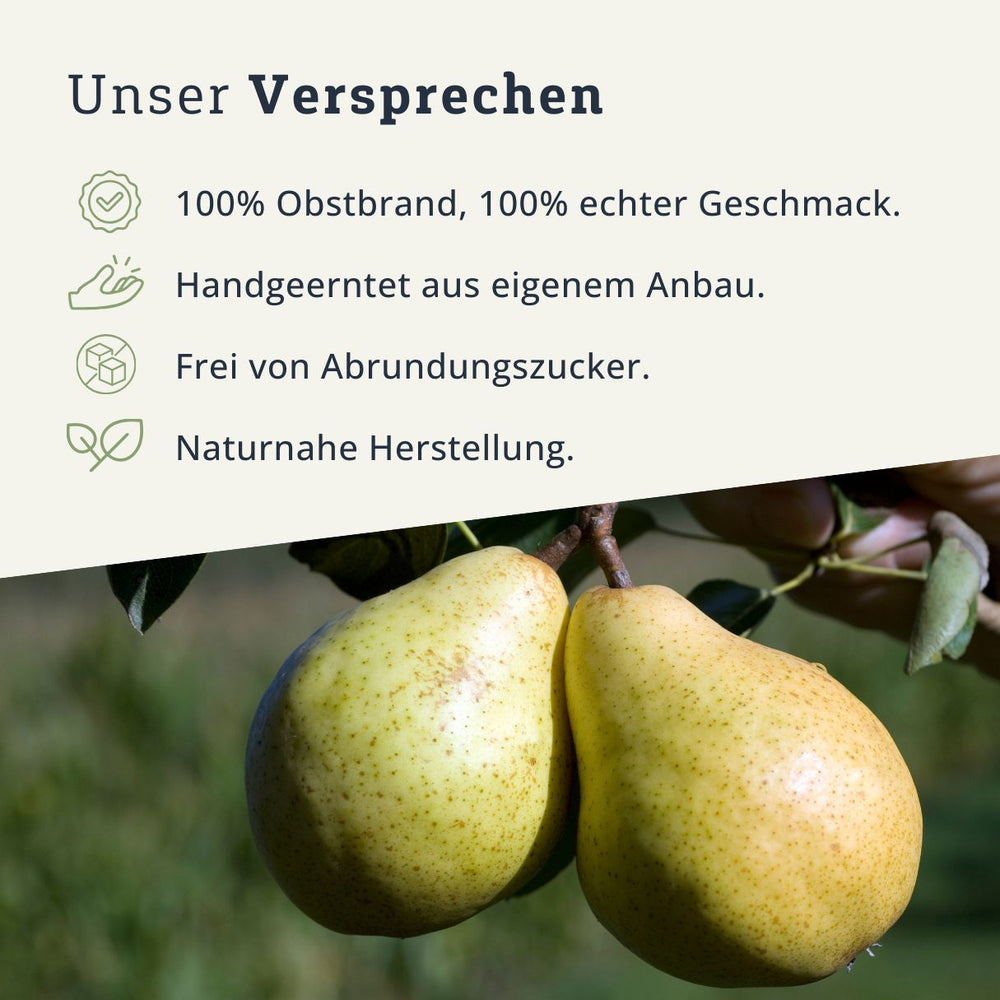

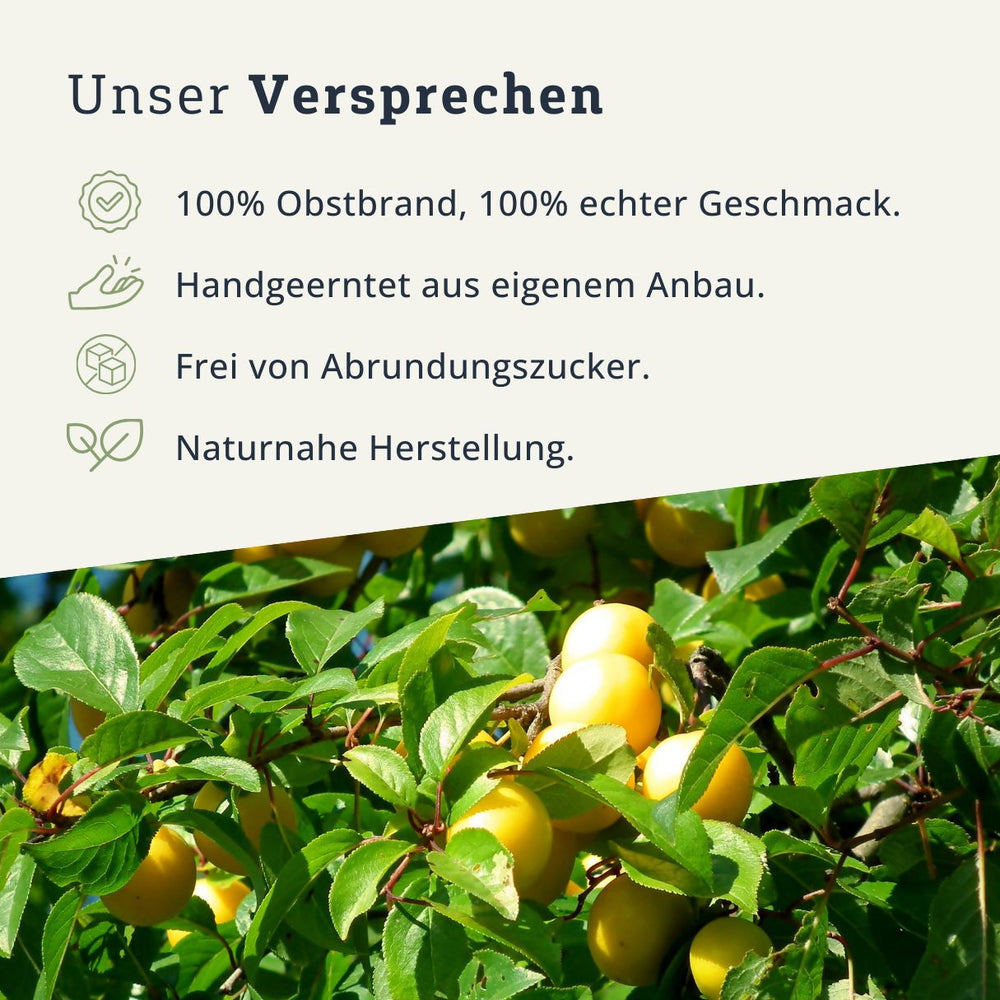

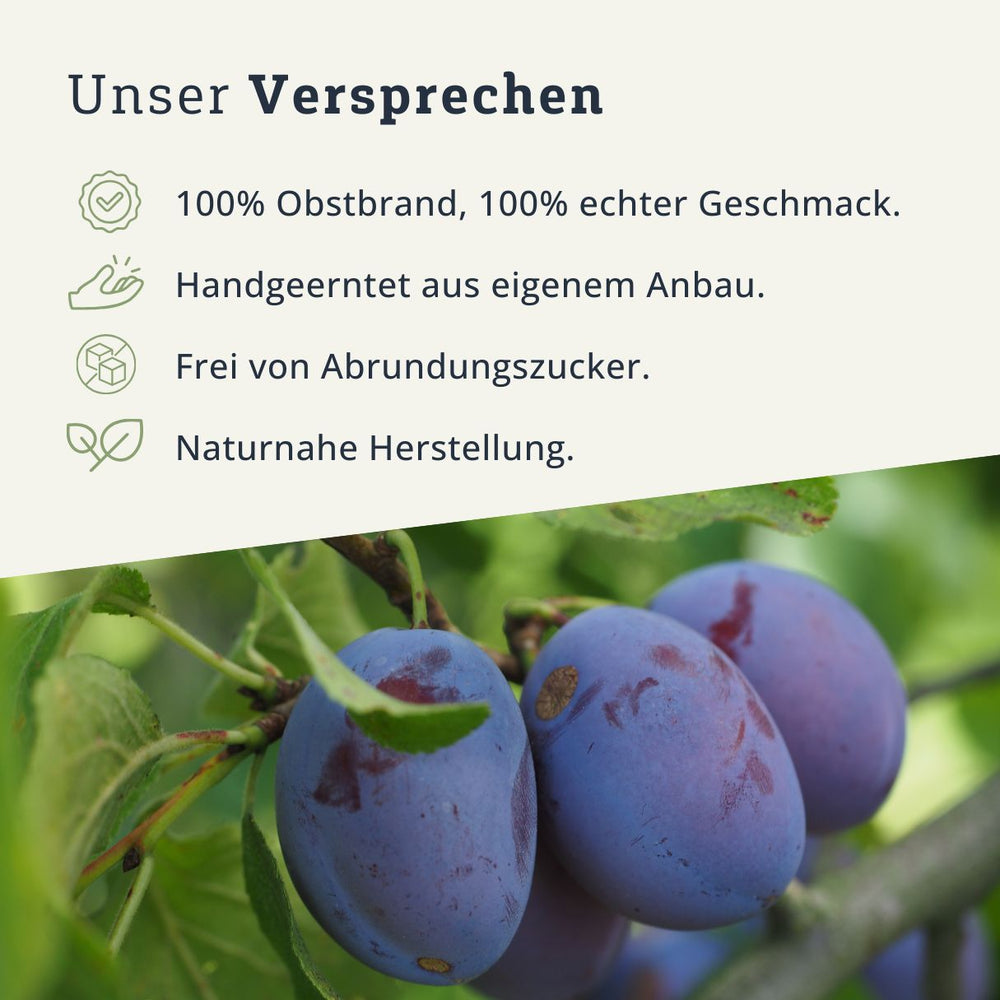


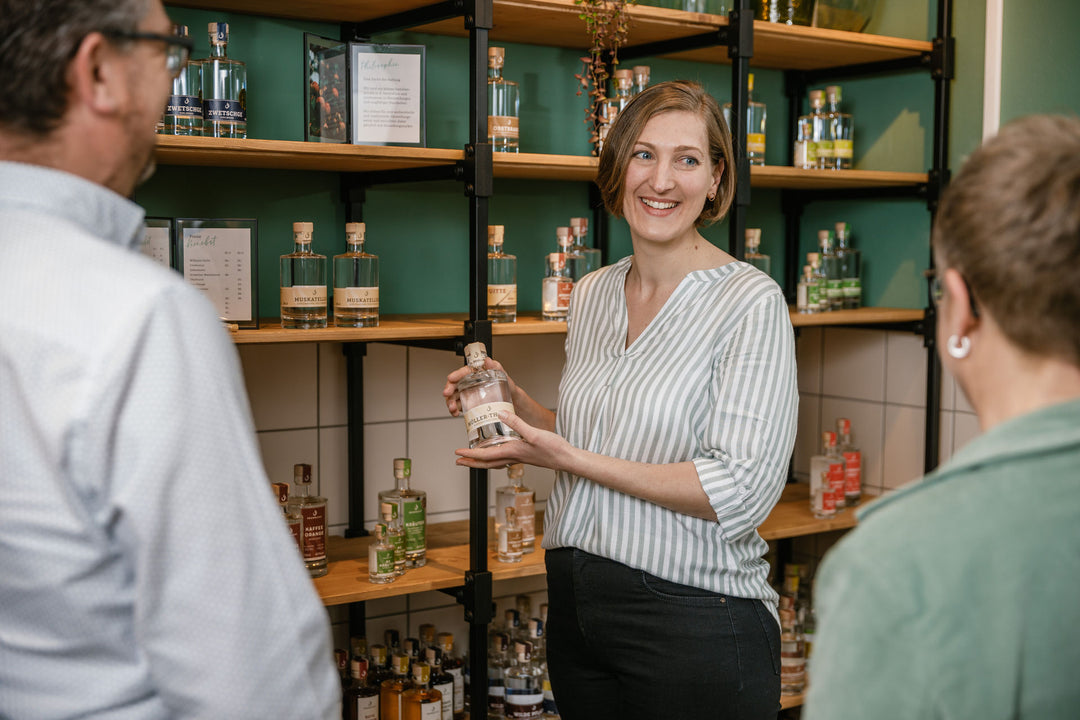

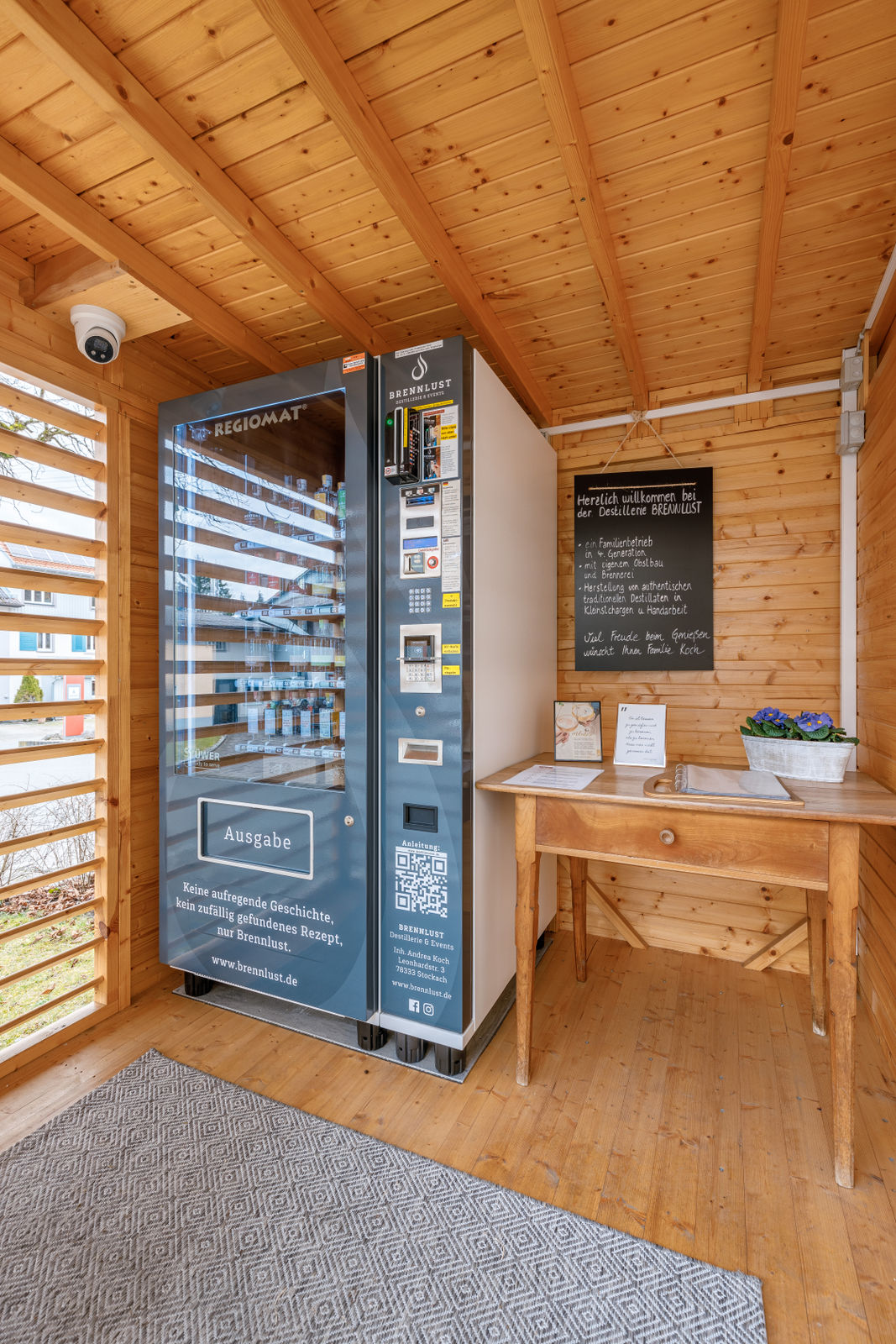
Leave a comment